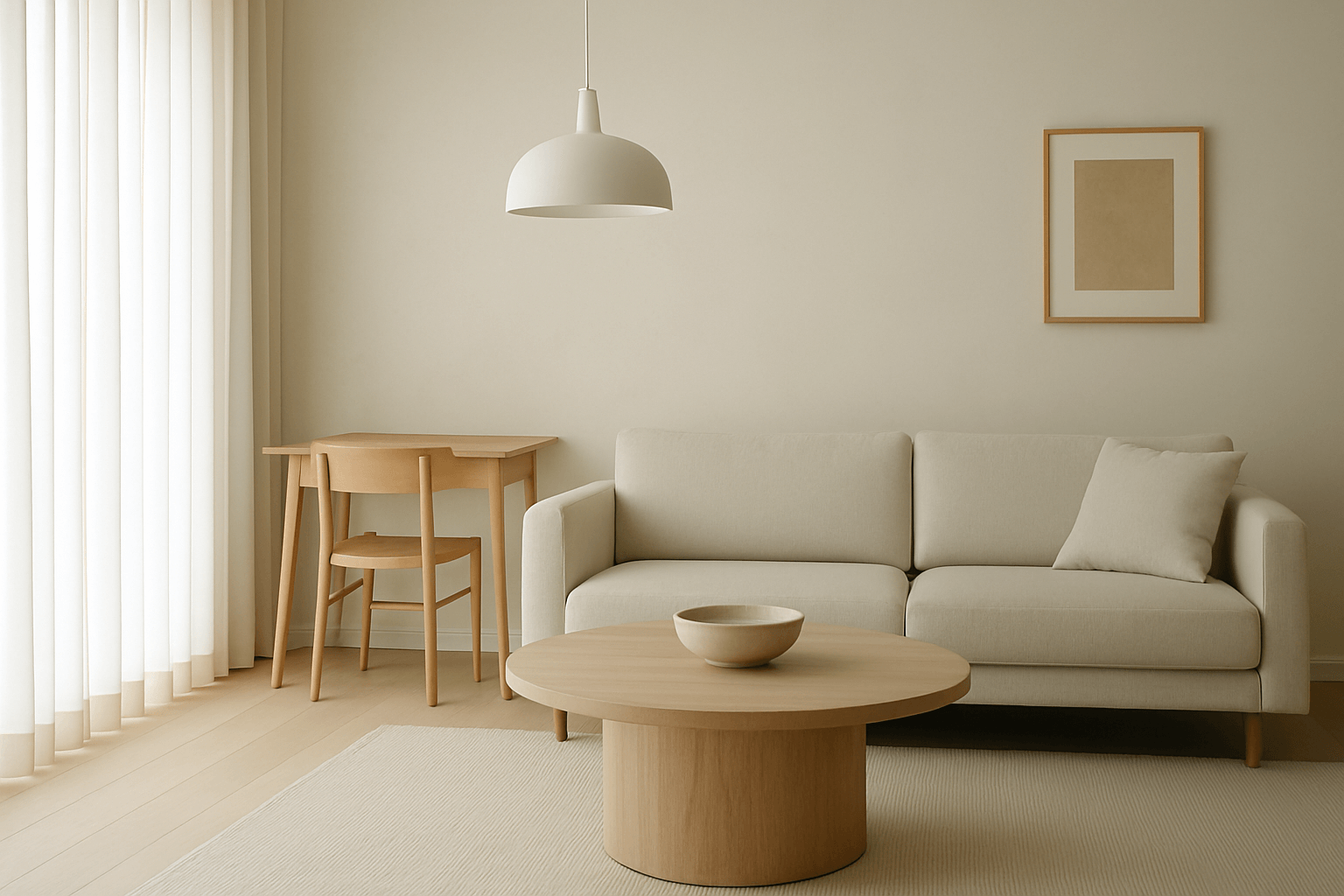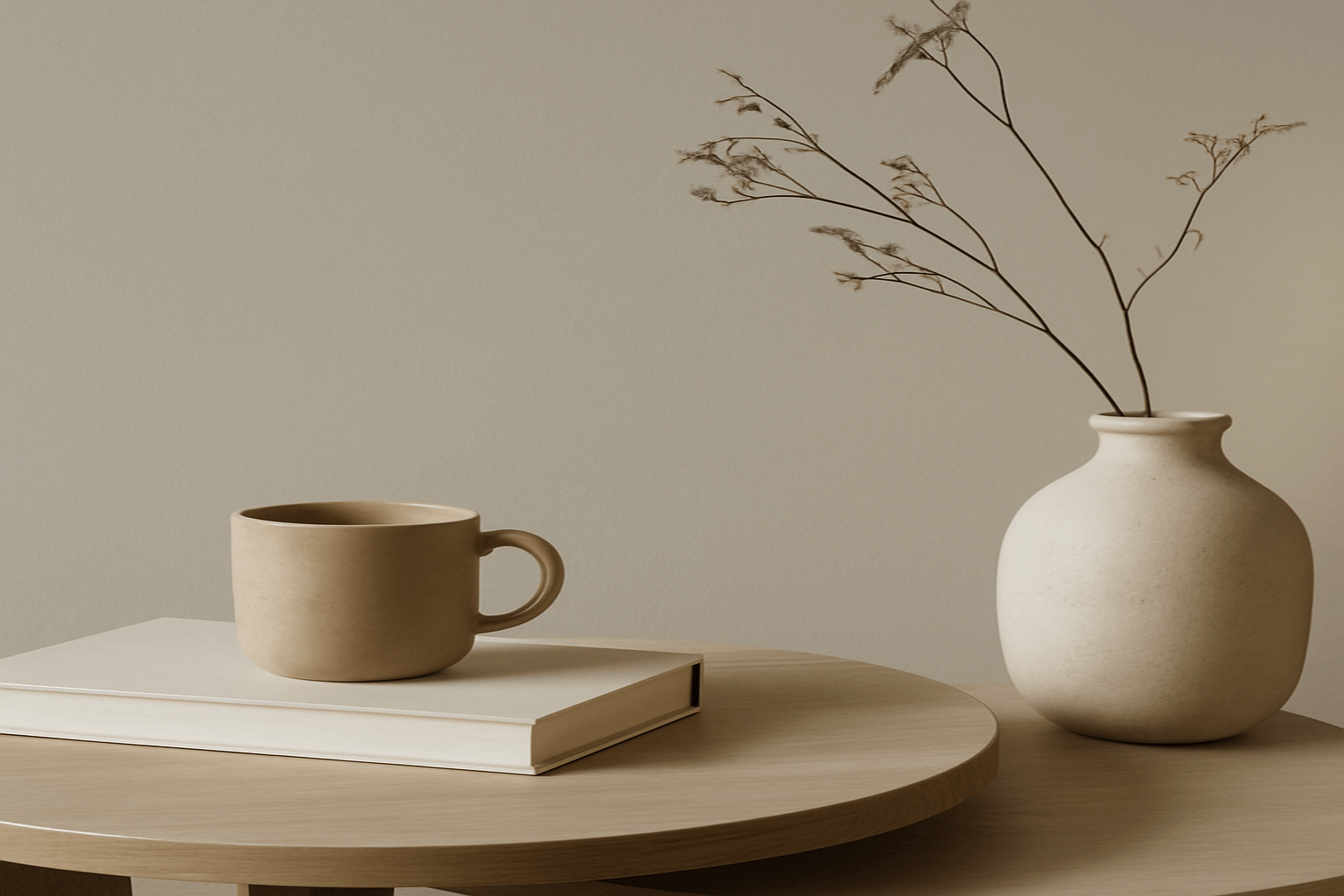What Is Wabi-Sabi?
Wabi-sabi is a Japanese aesthetic and philosophy that embraces the beauty of imperfection, impermanence, and incompleteness.
It’s not about flawlessness. It’s about authenticity.
When combined with minimalism, wabi-sabi helps create homes that feel real, grounding, and human — not sterile or overly styled.
1. Minimalism Is What You Remove. Wabi-Sabi Is What You Accept.
Minimalism often focuses on reduction — clearing space, simplifying form, removing distraction.
Wabi-sabi adds a softer layer:
-
Acknowledge wear and aging
-
Embrace organic shapes
-
Let natural flaws remain visible
The two together create a sense of calm with character.
2. The Aesthetic of Time
Wabi-sabi celebrates things that age well:
-
A wooden chair that darkens over decades
-
A handmade mug with uneven glaze
-
A linen curtain that softens with use
These elements make your space feel alive, not just “designed.” They bring emotional texture to visual simplicity.
3. Let Go of the Polished and Perfect
Perfection can be heavy. It demands constant maintenance.
Wabi-sabi invites peace by asking:
Can you find beauty in what is, instead of what should be?
Try this:
-
Leave natural patina on furniture
-
Choose handmade over machine-made
-
Welcome asymmetry in layout and form
Let the room feel lived in — and loved.
4. Slow Things Down
Wabi-sabi, like minimalism, is tied to slowness. When a space isn’t packed with visual noise, time feels different.
Create quiet rituals:
-
Lighting a candle in the evening
-
Drinking tea from the same imperfect cup
-
Rearranging a shelf with the change of seasons
Stillness becomes part of your home’s language.
5. Texture and Light Are More Important Than Color
In a wabi-sabi minimal home, it’s not about bright palettes. It’s about:
-
Matte over glossy
-
Natural textures like stone, clay, linen
-
Soft, indirect lighting that shifts throughout the day
These subtle layers breathe life into quiet spaces.
Final Thought
Wabi-sabi and minimalism together remind us that beauty doesn’t come from abundance or perfection — it comes from presence.
A minimalist home doesn’t need to be flawless. It just needs to be true. Let it wear in. Let it soften. Let it show your life, not hide it.
















